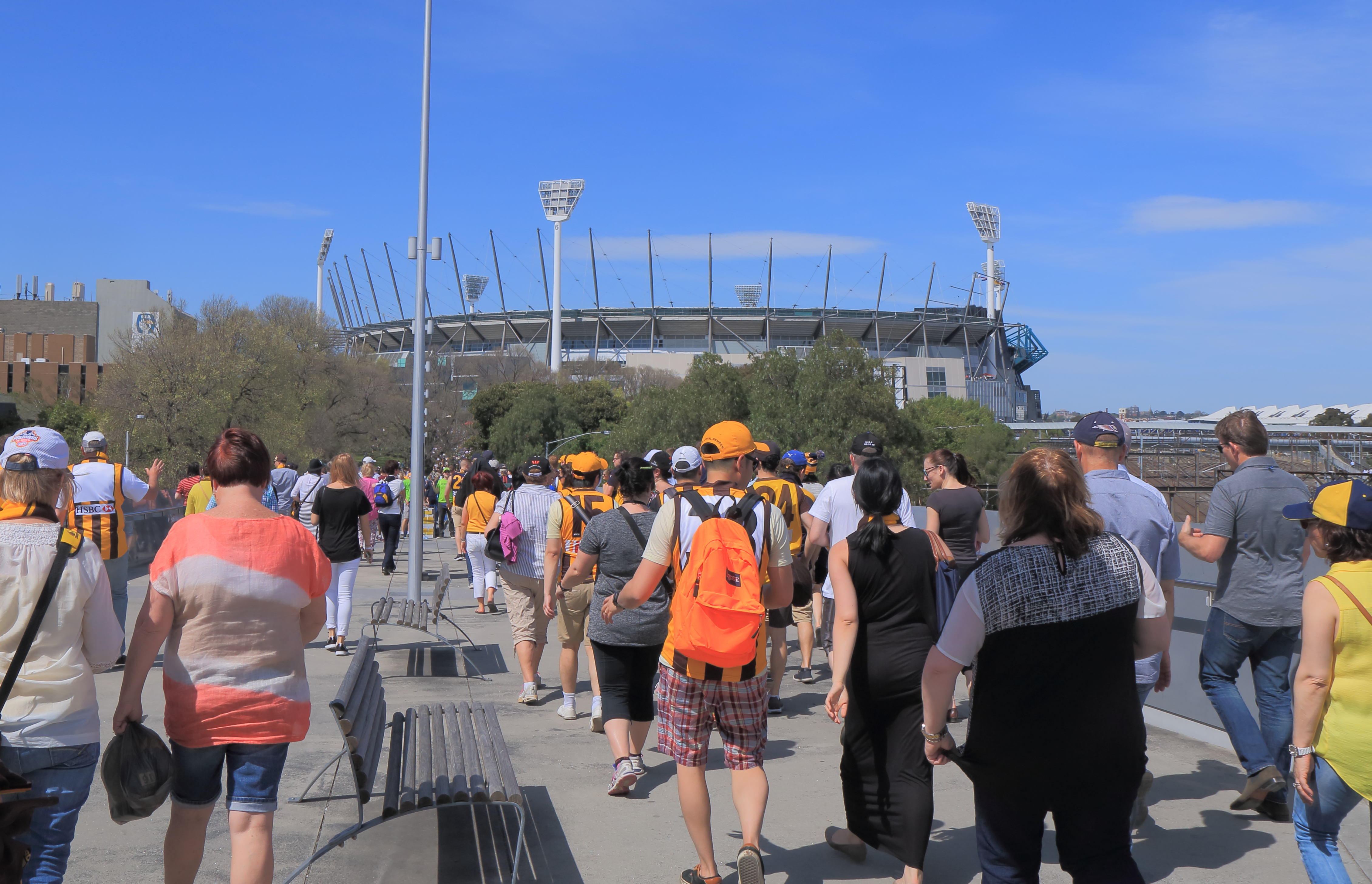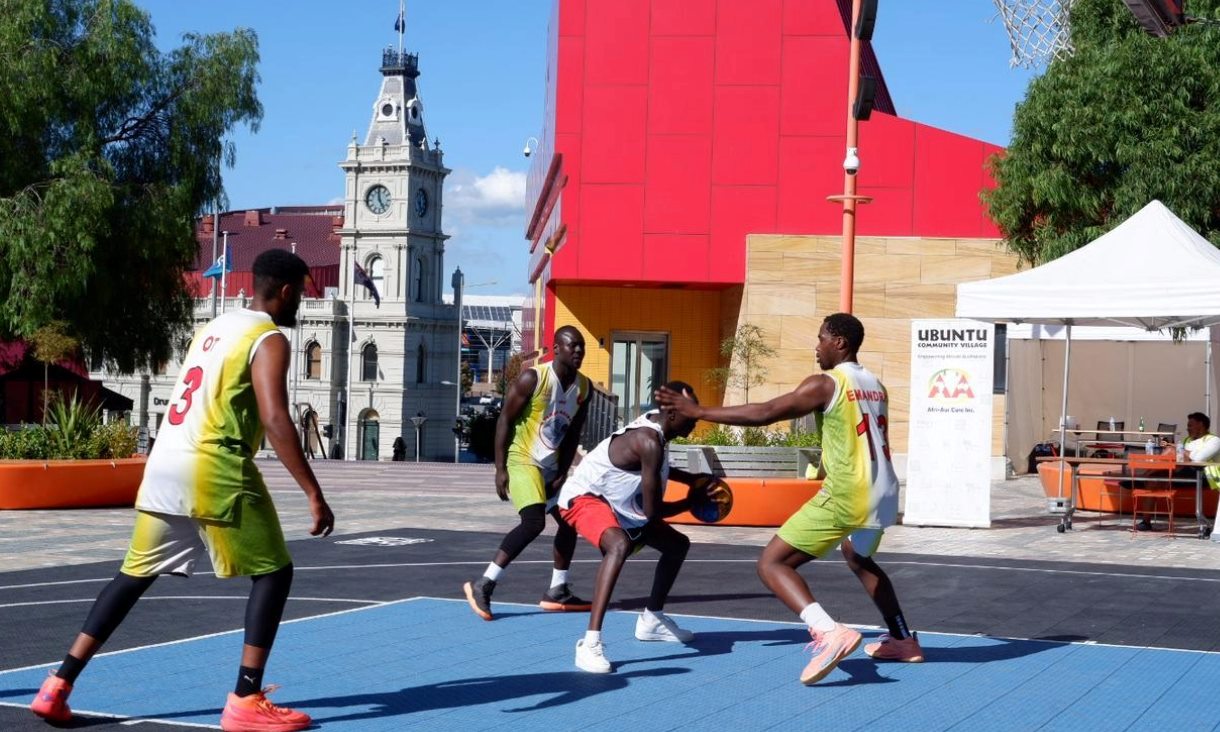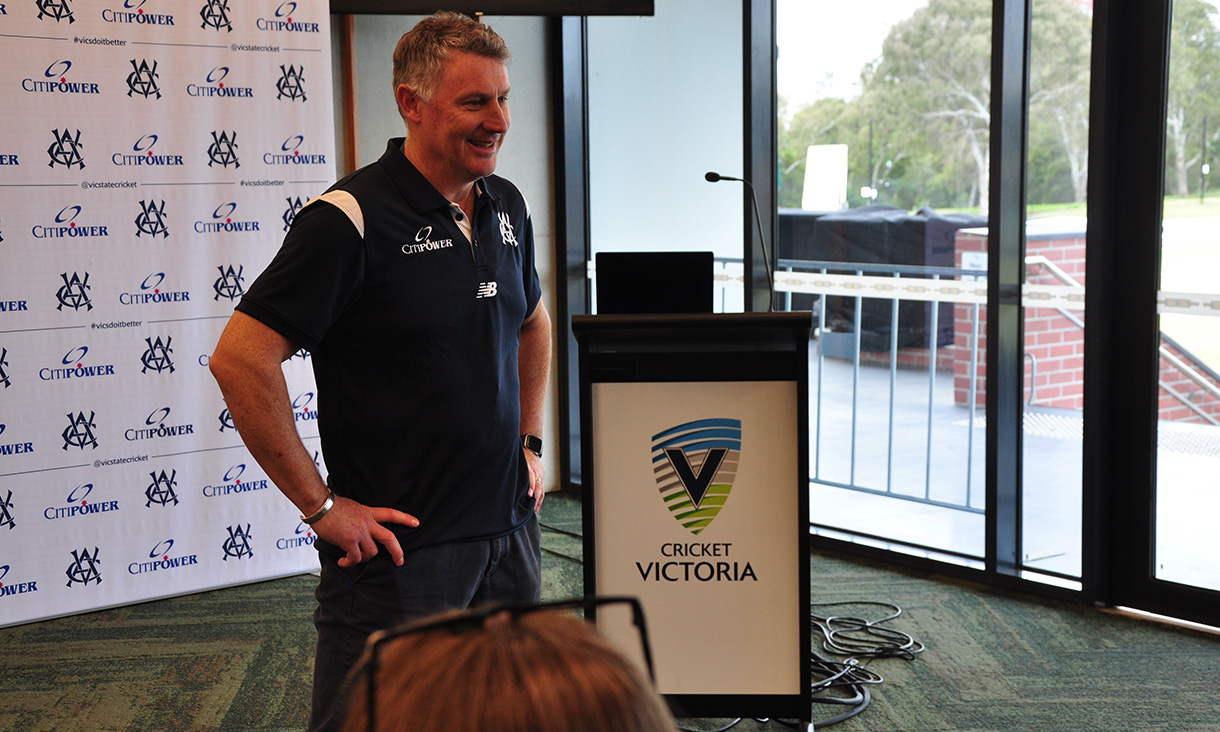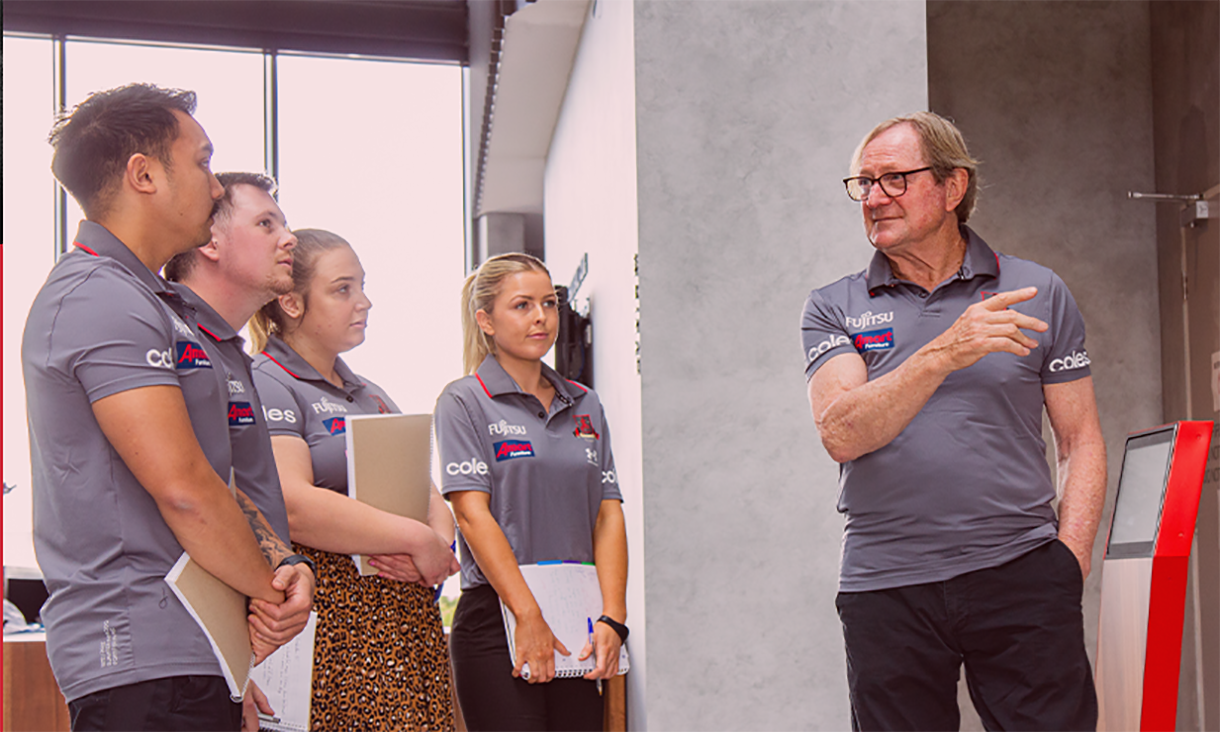“Similar approaches could be used here in our local parks and public squares to make social gatherings as safe as possible.
“Let’s also continue to (re)imagine how we can extend the use of these great spaces, such as enjoying the social side of footy season in a way that is also safe and sustainable.
“Even without being able to gather in large groups to watch the game, we can continue to show our support by decorating the front of our homes with our team colours, or tuning into the game from our front balconies or verandas along with neighbours, just as we do for Grand Final Day.”
Sealing the deal for broadcast rights
One of the major challenges for the AFL will be securing a two-year extension on the existing TV rights deal.
With a shorter season, reduced length of matches, and the financial challenges faced by the broadcasters, sports marketing expert and Associate Professor Con Stavros believes the contract will be less than the existing $2.5 billion dollar deal.
“The AFL has made a bold move this year shortening matches from 20 minutes per quarter to 16. The decision poses potential challenges in that it alters the product somewhat for fans, not just broadcasters who may have less time to sell advertising in the period after a goal is scored,” says Stavros .
“Television executives will push for a night grand final to bolster national viewing figures and thus advertiser appeal.
“The AFL would be keen to do this deal now, despite the remaining time on the current contract, given it adds some certainty in what are unprecedented economic and social conditions for the sport.”
Maintaining members and the economic viability of AFL
Despite the prospect of fans being unable to attend games, Stavros believes the AFL clubs can still maintain their loyal membership base.
“AFL fans predominantly buy memberships as a form of connection to and support of their beloved team, so the sense of that is only amplified in the current extraordinary circumstances,” says Stavros.
“Where the clubs will miss out though is on the extras that are attached to memberships, such as seat reservations, which have become increasingly lucrative in recent years.”
Stavros says clubs will need to get creative in order to attract fans who are unable to attend the games, such as expanding their digital media engagement.







